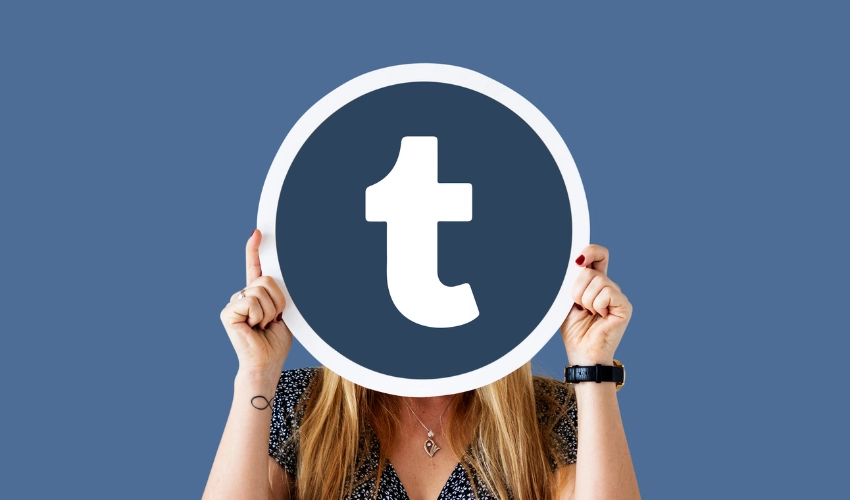The most common reason for trademark rejection is the likelihood of confusion. It is an important concept in trademark law. The trademark law protects consumers from confusion. At the same time, it protects existing trademark owners.
What is the Likelihood of Confusion?
The issue of “likelihood of confusion” arises when your proposed trademark is too similar to an existing one. It must also be used on related goods or services. So, the examiner asks simple questions:
- Would an average consumer be confused?
- Would they think the product or services come from the same company?
If your answer is yes, they will reject your mark.
Important Factors Examined
Basically, examiners look at two main things:
- Similarity of the Marks: Examiners compare the look, sound, and meaning of the two marks. Even smaller differences might not be enough. For instance, “Sunplite” and “Sun-Light” are confusingly similar.
- Similarity of Goods or Services: Examiners check if the products or services are related. For example, trademarks on shoes and boots are related. On the other hand, trademarks for restaurant services are not. Therefore, the closer the goods, the higher the risk of confusion.
A Simple Example
Let’s say you want to trademark “QuickKicks” for a new line of shoes. However, another company already has a trademark for “KwickKicks” for sneakers. The trademark office would likely reject your application because the names sound identical. In addition, the products are also the same, creating a clear likelihood of confusion for consumers.
Other Common Reasons for Trademark Rejection
Likelihood of confusion is the top reason for trademark rejection. However, several other issues can cause rejection:
Merely Descriptive Marks
Your trademark can’t simply describe your product. For instance, trying to trademark “Creamy” for yogurt would fail. Likewise, the word “Creamy” just describes a quality of the yogurt. A trademark must be distinctive and unique. It must identify the source of the product and not the product itself.
Generic Marks
A generic term is the common name for a product. So, you can’t trademark the word “Phone” for a telephone. These words must remain available for everyone to use. Granting a trademark for a generic term is unfair from the authorities’ perspective because it would give one company a monopoly on common the language.
Deceptive Marks
A trademark can’t be deceptive. It can’t mislead customers about the product. For instance, you can’t trademark “Pure Wool” for a shirt made of cotton because this directly misrepresents the product’s nature to consumers.
Your 3-Step Check Before Applying
You can avoid many common rejection reasons. Follow these practical steps before you file your application. Remember, this proactive check will increase your chances of success.
Step 1: Conduct a Thorough Search
Search for similar trademarks before anything else. Check national trademark databases. Likewise, perform a general internet search and look for similar names used for related products.
Step 2: Make Your Mark Distinctive
Make sure you avoid purely descriptive or generic terms. Instead, think of a creative and unique name. Keep in mind that a strong mark is easier to register and defend. Think of names like Kodak or Xerox.
Step 3: Define Your Goods Clearly
Always stay specific about your products, goods, or services. A clear and narrow description can sometimes avoid conflicts and reduce the chance of overlapping with existing marks.
Final Words About Trademark Rejection
Protecting your brand is very important for your business. In fact, it is an essential business step, and a trademark is a very powerful asset. Therefore, you must avoid trademark rejection to save your time and money.
As always, the main hurdle is the likelihood of confusion. Therefore, do your homework to build a strong brand identity. Similarly, make efforts to secure the legal protection it deserves. You can also consult a professional to streamline the entire process.
FAQs About Trademark Rejection
What is the difference between a trademark and a patent?
A trademark protects brand names and logos as well as identifies the source of products and services. A patent protects inventions and gives the inventor exclusive rights to his/her invention.
Is a trademark search really necessary before applying?
Yes, it is highly important and recommended. A thorough search helps you find potential conflicts earlier and lowers your risks of rejection for “likelihood of confusion.”
Can I trademark a word that is in the dictionary?
Yes, you can. Apple is a dictionary word, but is a famous trademark. The important thing is that the world must not be descriptive or generic for your specific product.
What happens if my trademark application is rejected?
You will receive an “Office Action” letter, which explains the reasons for rejection. You usually have a specific time frame to respond and argue your case.
Does a trademark in my country protect me worldwide?
No, trademark rights are territorial. A trademark registered in one country is only protected there. You must apply in other countries if you want international protection.
